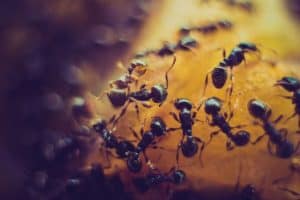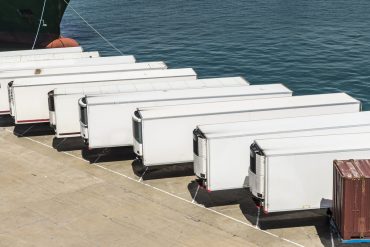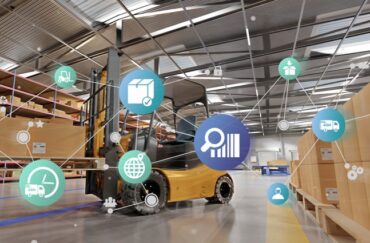
The algorithm allows much larger fleet optimization problems to be tackled in reasonable timescales using software a user can put on their laptop.
To optimize commercial vehicle routes and reduce emissions, a UK-based research team at Aston University built a route optimization algorithm, based on how ants share knowledge with one another.
Ants communicate in several ways, the most common is through pheromones. They can inform other ants about the best place to forage for food if they’re in trouble and if there has a route that is different from normal.
SEE ALSO: Forget Machine Learning, Constraint Solvers are What the Enterprise Needs
Once an ant has alerted another to an optimized route or better place to forage, it will be passed on to the colony, as a “best practice.” Through this communication system, millions of ants in a colony can maintain a collective knowledge of the outside world.
The researchers adapted this best practice for commercial vehicle routing. Now, if a delivery driver finds a more efficient route, it will be added to the database, providing an entire fleet with that knowledge.
“Algorithms based on the foraging behavior of ants have long been used to solve vehicle routing problems, but now we have found how to scale these up to city-size fleets operating over several weeks in much less time than before,” said Darren Chitty, lead researcher at Aston University. “It means much larger fleet optimization problems can be tackled within reasonable timescales using software a user can put on their laptop.”
The team sees this as a potential solution to the surge in e-commerce and grocery deliveries since COVID-19. As millions of new customers have moved from shopping in-store to online, it has forced businesses to be smarter with their delivery routing, or face major delays.
It may also reduce emissions, which could be beneficial to busy cities that are trying to meet clean air targets. In the UK, several cities are well above EU pollution limits, as well as the UK government’s clean air strategy.





























